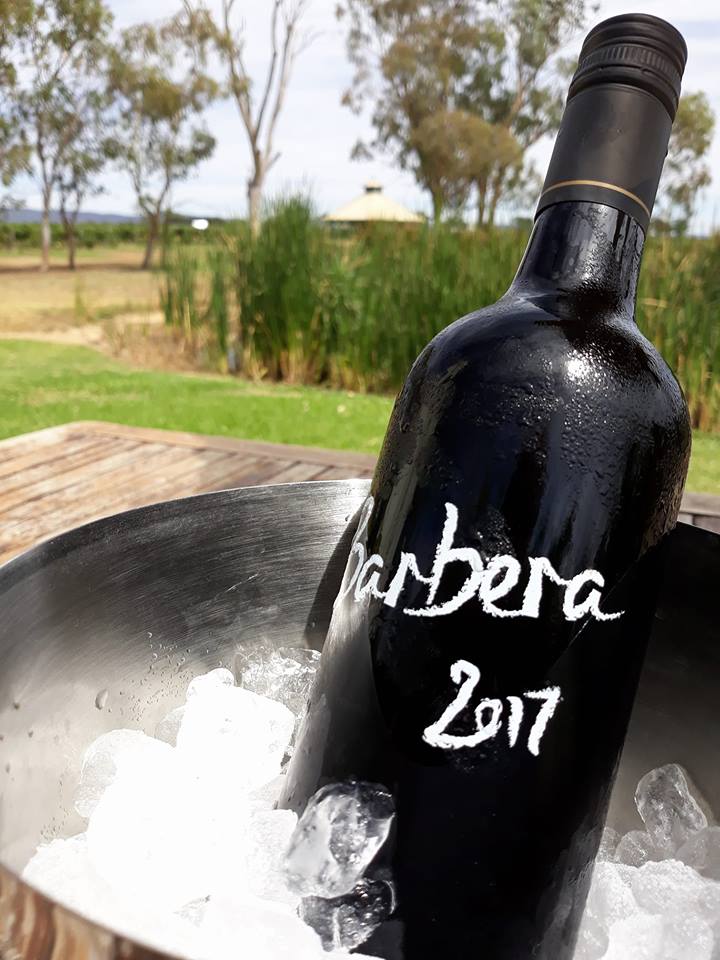Chill Your Reds?... Absolutely.
We are often asked whether one should chill a red before serving, and the answer is generally yes, and here’s why:
Alcohol has a boiling point of 78 degrees, which is significantly less than water. Therefore, the higher a wine’s temperature, the more enhanced the alcohol volatility, resulting in an “alcohol burn.”
This alcohol burn is first noticed when assessing the aromatics, and depending on the temperature, it can completely overpower a wine’s bouquet.
On the palate, the alcohol cuts through the fruit and accentuates the perceived dryness, resulting in a wine that tastes “hollow, hot and dry.”
People generally prefer not to drink red wine in summer, yet if they chilled the wine down to 16-22 degrees before serving, they would find that red wine goes down perfectly well, even on the hottest of summer days.
Yet how cold can you chill a red wine?
Chilling a wine, white or red, will enhance the wine’s perceived dryness, bitterness or astringency.
Phenolic compounds called tannins are what cause this “dryness,” and they are in a much higher level of concentration in reds than whites – which is why whites can be served ice cold, whereas reds generally cannot be served less than 12 degrees.
That is unless the red wine has a low level of tannin. And if you have been to di Lusso during summer, you may have noticed that we serve our Sangiovese Rosso and our Barbera in ice buckets.
As a rule of thumb, you should serve your reds between 16-22 degrees. This would mean putting the bottle in the fridge for 10 minutes or so before serving.
And if you know that the wine has a low level of tannin, and perhaps even a small residual sugar, the wine can be chilled as low as you’d like.
So, if it’s summertime and you’re not a fan of whites, choose a light red that can be chilled, and you’ll be pleasantly surprised at how well a chilled red wine can complement a meal, or be enjoyed on its own on the hottest of Australian summer days.
